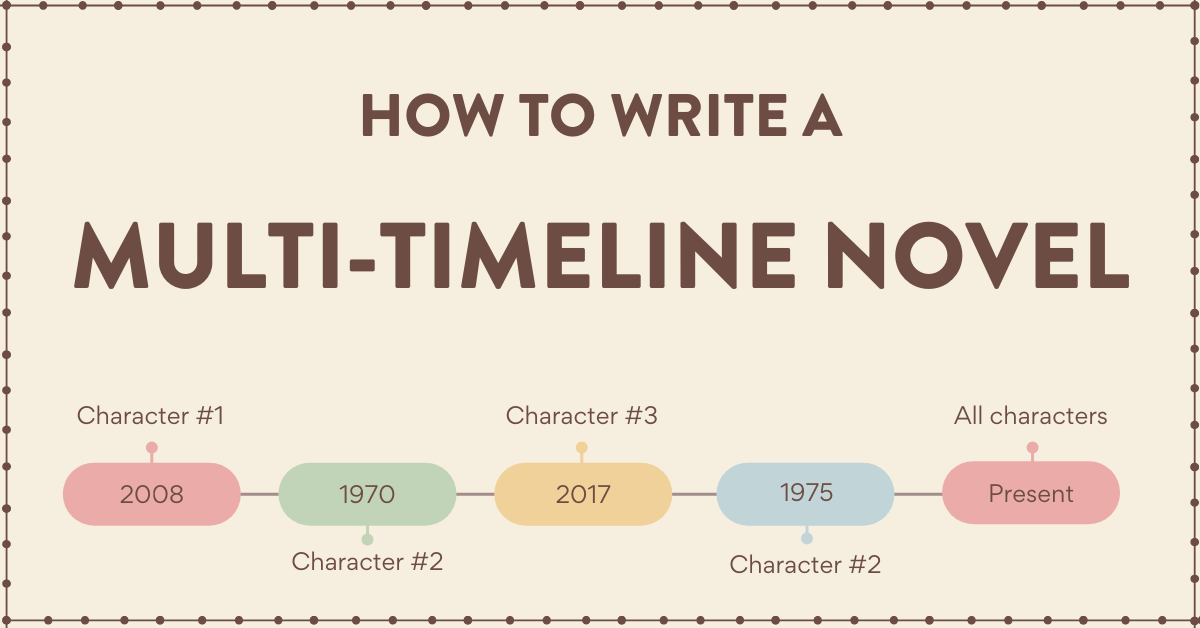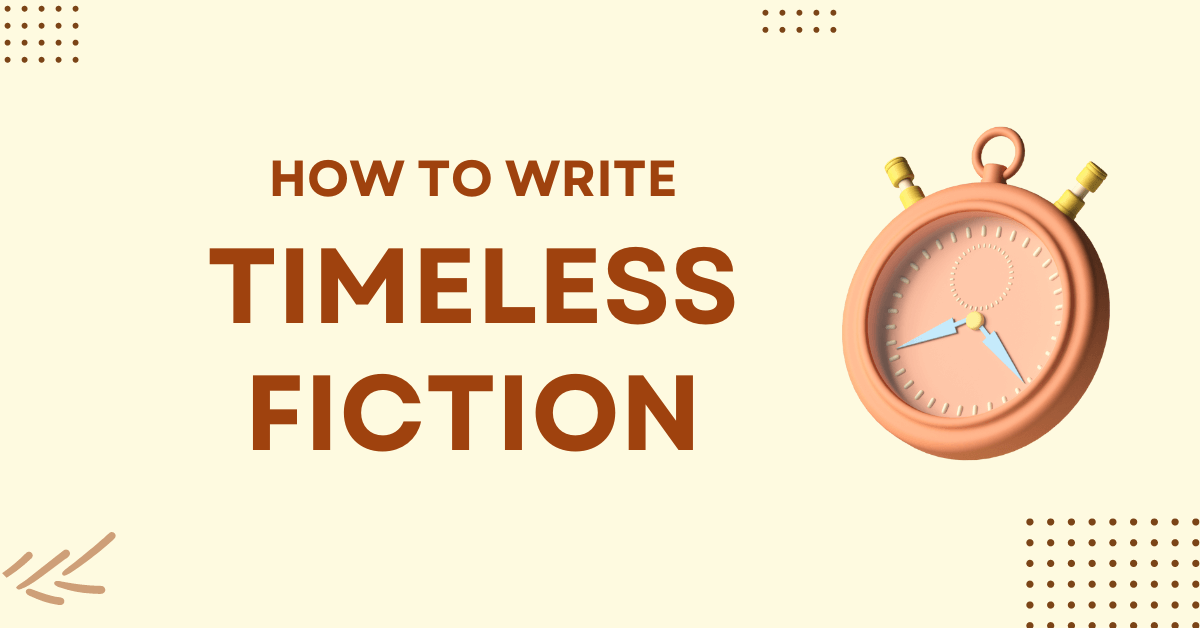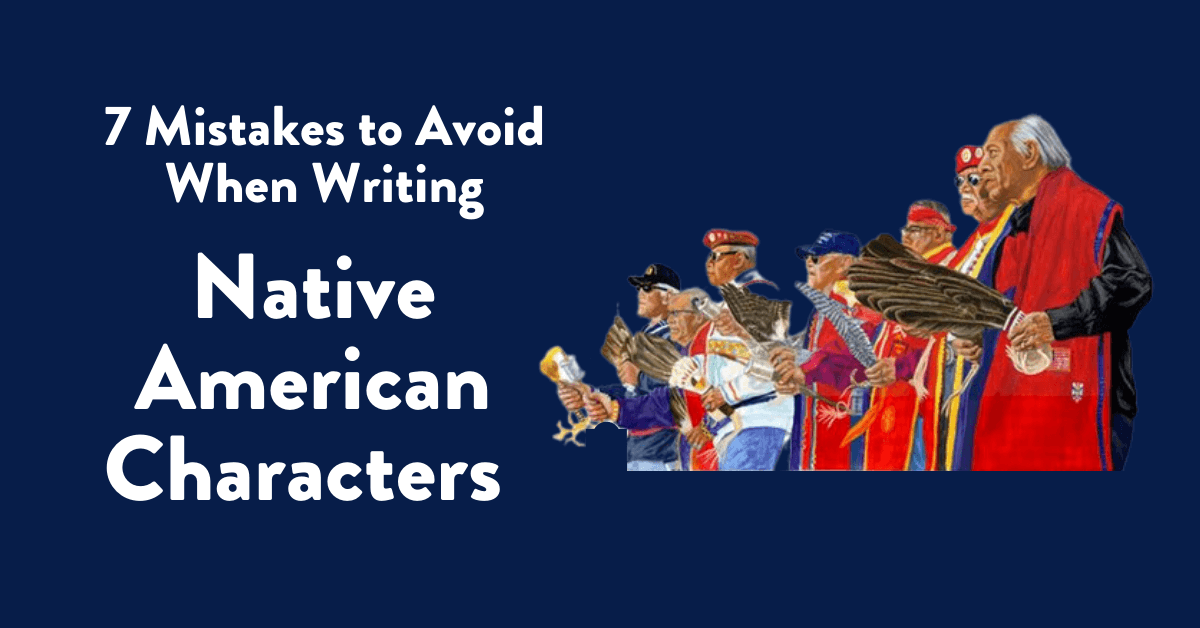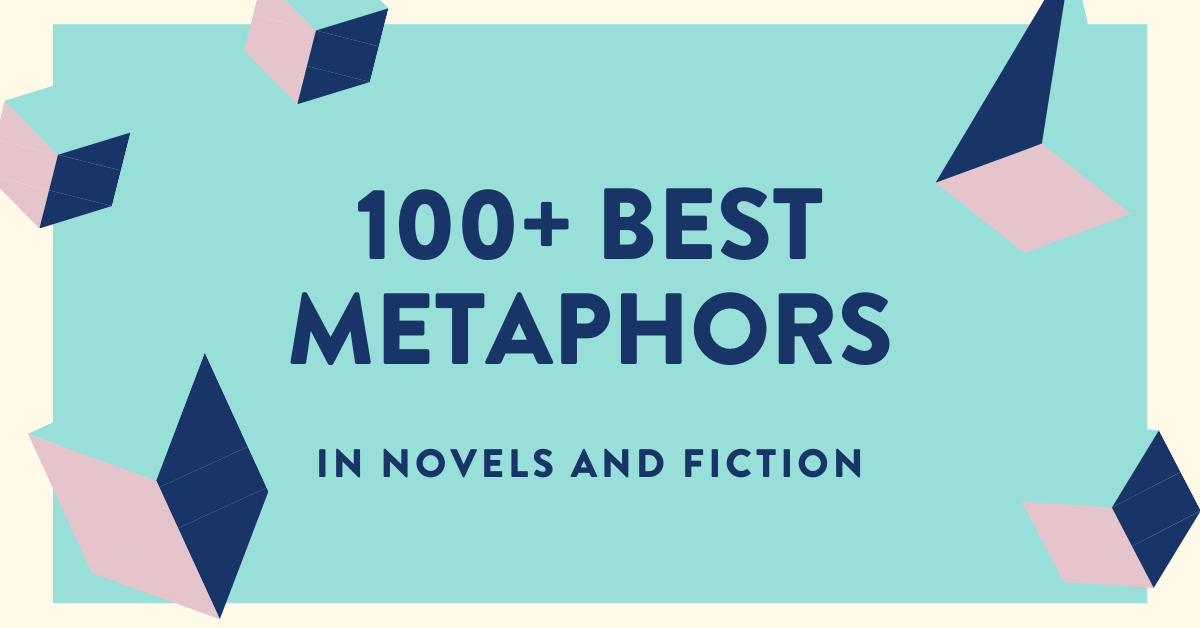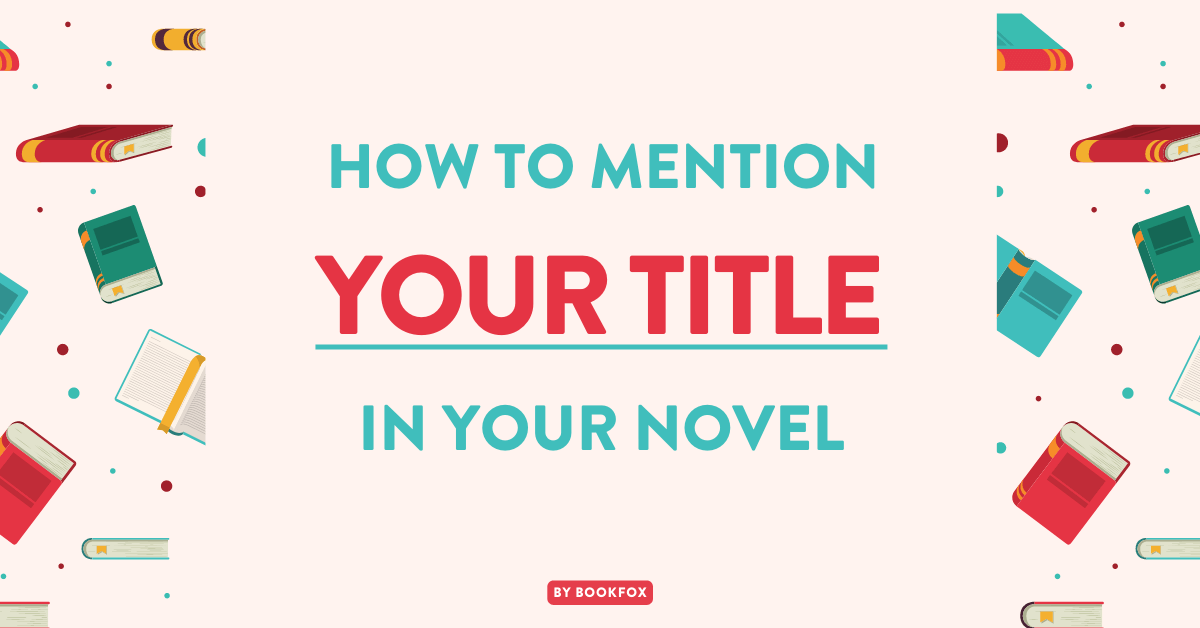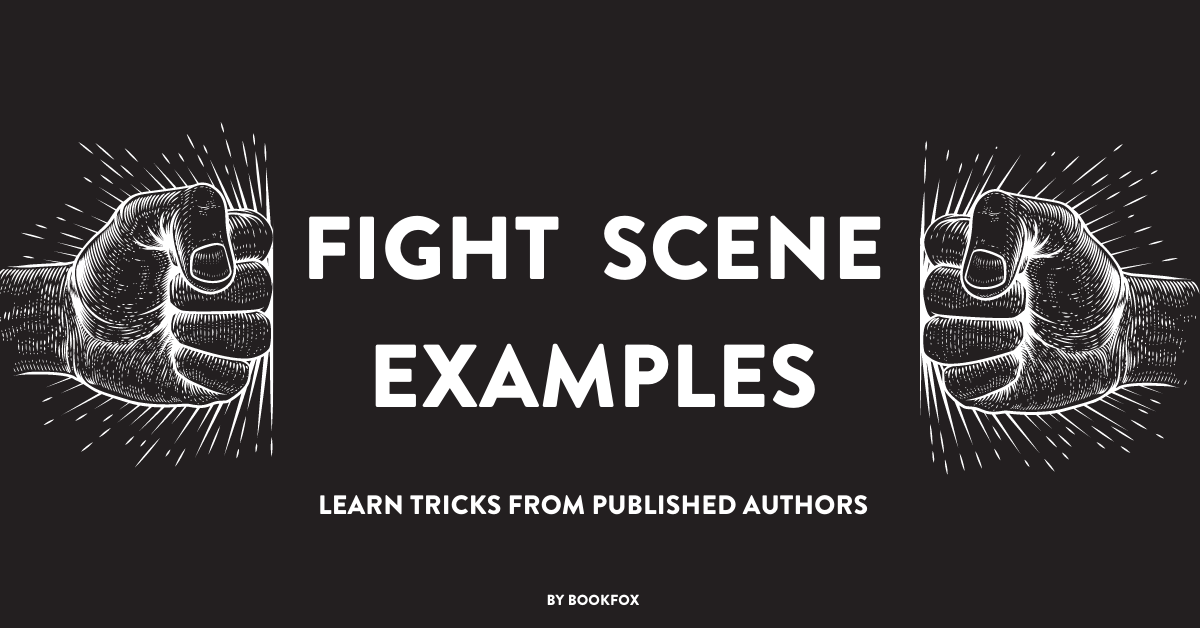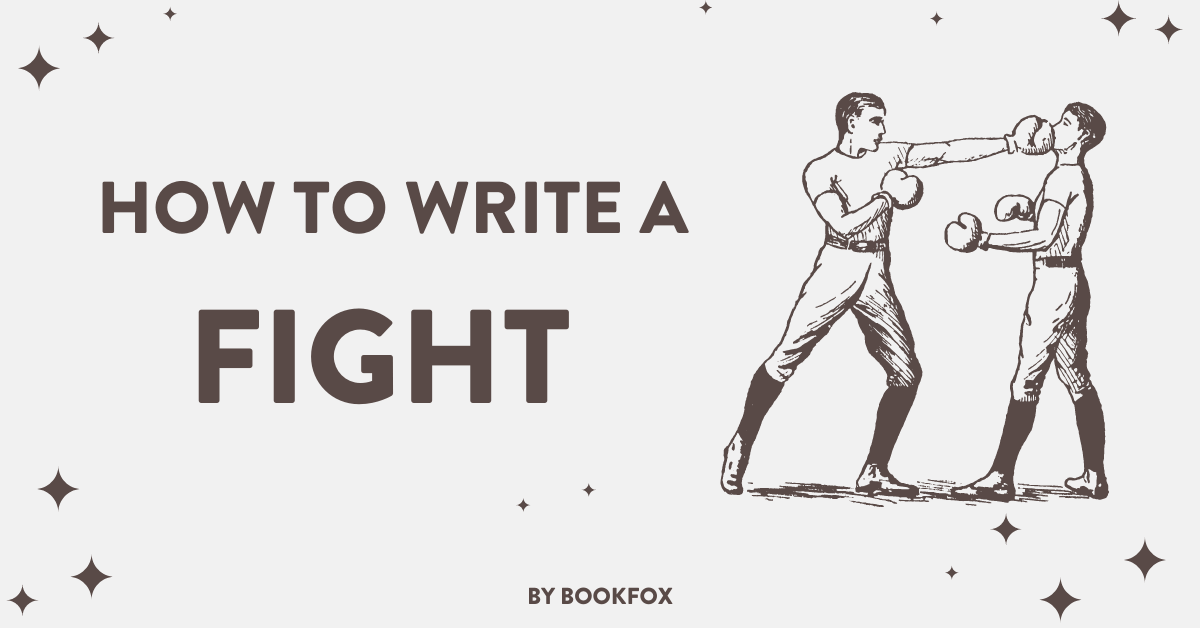Guest post by Jillian Brenner Every reader enjoys multi-timeline novels, probably because they are ambitious storylines with energy and scope. And because most writers have expansive imaginations, they enjoy constructing these multi-piece storylines – but they’re super difficult to write. Have no fear, since I’m going to show you all the ins and outs of […]
The Blog
- All posts
- All Popular Posts
- Characters
- Children's Books
- Dialogue
- Editing
- Endings
- Literary Agents
- Marketing
- Novels
- Plot
- Point of View
- Publishers
- Short Stories
- Writing Techniques
- Writing Wisdom
- 3 Ways to Write Your Multi-timeline Novel

- How to Write “Timeless” Fiction

What exactly is ‘timeless’ fiction? In essence, it’s a piece of work that withstands the passing of years, even decades, maintaining its relevancy and charm. The danger is that your fiction won’t age well, and in 10 years certain references will make readers scratch their heads, either bewildered or feeling like your book is dated. […]
- 7 Mistakes to Avoid When Writing Native American Characters

Guest Post by Sarah Elisabeth Sawyer Illustration by Paul King (Choctaw) How can you write about Native Americans without offending someone, or totally botching the culture? As a Choctaw Nation of Oklahoma tribal member and a full-time author, I have a unique understanding and empathy for authors who attempt to write about Native Americans. In […]
- 5 Glorious Ways to Use Lists in Your Fiction

There’s nothing fancy about a list. Lists are the vanilla flavor of fiction, the most basic tool the writer can have in their toolbox. It’s the simplest way to organize information — no fancy frills, no tricks, no complexity. What you see is what you get. 1, 2, 3. A, B, C. Yet in its […]
- The 100 Best Metaphors & Similes Ever Written in Novels

A great metaphor will have distance between the metaphor and the original object. It’s very important that they’re unlike. The more different your metaphors are from the thing described, the more surprising they will be, and the more they will help your reader to understand. Metaphor Mistakes Highly similar metaphors. For instance, “a pool in […]
- How to Mention Your Title Inside Your Novel

There are many posts about how to title your book. Even Bookfox has one. But not as many writers concentrate on how to discuss the book title inside the book. It’s a powerful moment when the reader finally encounters the title of the book inside the pages of the story, and yet we don’t talk […]
- 11 Examples of Fight Scenes

One of the best ways to learn how to write is to learn by imitation. So if you want to write a fight scene, you should look at writers who have come before you. Below are a variety of fight scenes: some just with fists, some with weapons like swords, spears, and knives. All of […]
- 21 Rules to Write a Fight Scene

It’s time to write a big fight scene in your novel, but you don’t want to botch it. That’s understandable. I’ve read enough badly written fight scenes to know that it’s truly easy to write a boring, predictable fight scene with nothing at stake, where the reader doesn’t even care who wins by the end. […]
- 4 Ways to Write Summary in your Fiction (and avoid Scenes)

Everyone tells you to write scenes. To show, not tell. But what if that was … bad advice? Or at least limiting advice, because virtually every great book in history uses summary and “telling” in at least a few places in the book. And surprisingly, some books use summary for MOST of the book. And […]
